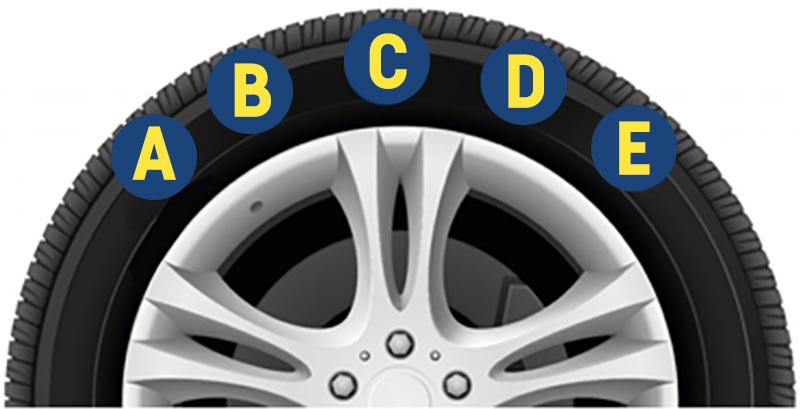
Can my tyres expire?
ExplainerTyres have a limited lifespan, and using tyres that are too old or of poor quality can pose significant safety hazards. As tyres age, they may develop cracks beneath the surface, leading to potential failures under stress. If you haven’t checked the age of your tyres recently, now might be a good time to do so and determine if they need replacing.
In the following section, Landsail Tyres provides a guide for you on how to monitor the age of your tyres and offers some tips to extend their lifespan…
Check the age of your tyres

For those looking to confirm the age of their tyres, simply refer to the tyre’s DOT serial number, which can be located inside the sidewall near the rim. The letters “DOT” will typically be followed by eight to thirteen letters and or numbers – this code will tell you where the tyre was manufactured, the size, and the manufacturer’s code, along with the week and year the tyre was manufactured, so you can easily work out the tyre’s age. For more details on DOT codes, click here.
Check for visible signs of ageing

All tyres are different, but as a rule of thumb, a tyre is still considered to be fit for sale 5 years from the date of production.
We’d recommend replacing your tyres every five to six years, as well as carrying out regular inspections to ensure tyres are in good condition. Some of the visible signs of aged tyres may include the following:
- Reduced tread depth – reduced tread depth is a key indicator of tyre aging and should be checked regularly. The minimum legal tread depth is 1.6mm, and it’s crucial to replace your tyres before they reach this limit (in fact when it falls below 3mm) to maintain safety. If you would like to know how to check your tread depth, please find a useful guide here.
- Cracks on the sidewall – when rubber loses its tightness or the tread dries out, caused by heat, or the sun’s UV rays, cracks on the sidewall can appear. Driving with cracks on the sidewall could result in the tread separating, which in turn could result in a possible blowout whilst driving.
- Blisters and slits – If you notice slits, blisters or even holes on the tyre surface, this could indicate serious damage to your tyre. Blisters and slits can be dangerous as this will mean the air in the tyre can escape, causing the tyre to deflate.
- Vibration – When you’re driving and you can feel a lot of vibration, this could be due to an alignment or balancing issue. Excessive tyre vibration can impact driver judgment and even result in an accident if ignored. If vibrations are left over a long period of time, this will cause excessive and uneven wear, meaning they may require replacement.
Store your tyres correctly
To extend the lifespan of your tyres, especially if you alternate between summer and winter sets, it’s crucial to store them correctly when not in use. Improper storage can alter their characteristics and cause deterioration, ultimately shortening their lifespan and necessitating replacement. You can learn more about tyre storage at our blog here
It’s important to ensure your seasonal tyres are stored in a cool, dry, and well-ventilated space to maximise their lifespan.
Learn more about tyre maintenance at our page here.



